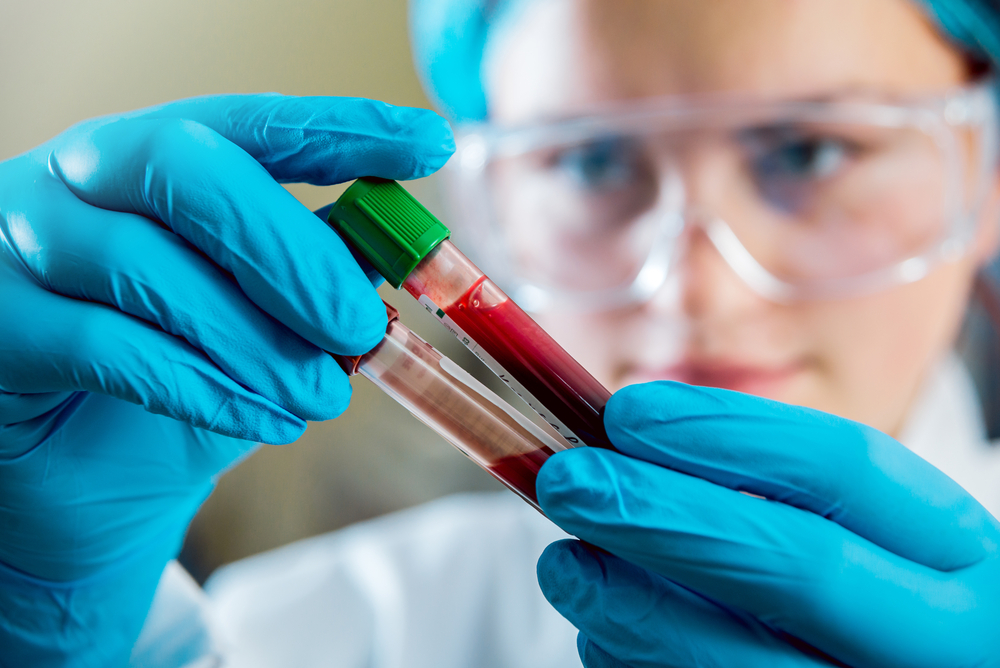Some children with acute lymphoblastic leukemia (ALL) develop hypersensitivity reactions to pegylated asparaginase (PEGasp) treatment while on a noncontinuous dosing schedule. Researchers wanted to identify whether a continuous dosing schedule mitigated the risk or incidence of hypersensitivity reactions.
According to Russ Conroy in Cancer Network, the research team set out to unpack this line of questioning using data from 818 people with newly-diagnosed pediatric ALL within the Dutch Childhood Oncology Group-ALL11 study. 312 patients were randomized; 155 of these patients received individualized PEGasp doses bi-weekly on a continuous schedule, with the remainder receiving doses on a noncontinuous schedule.
Unpacking the Study
In data published in the Journal of Clinical Oncology, the researchers found that the cumulative incidence of relapse (for this study: the amount of children who relapsed within five years) was 4% in the noncontinuous dosage group and 5.6% in the continuous dosage group. Both groups had a cumulative incidence of death rate of 0.6% at the five-year point. The five-year disease-free survival rate was 95.3% for the noncontinuous group and 91.9% for the continuous group. This shows that both continuous and noncontinuous dosage patterns are relatively effective in treating pediatric ALL.
The research team then explored the incidence of hypersensitivity reactions, defining them as:
“allergies, allergic-like reactions, and silent inactivation.”
In this case, hypersensitivity reactions were less common in the continuous dosing group (2.6%) than the noncontinuous group (10.8%), with inactivating hypersensitivity reactions also significantly lower (1.3% vs. 8.3% respectively). Those on the noncontinuous dosing schedule also had higher levels of anti-PEG antibodies, higher serum amylase, more incidences of pancreatitis and thromboembolic events, and increased needs for IVIG prophylaxis (57.5% vs. 48.4% in the continuous group).
Ultimately, this suggests that a continuous dosing schedule could confer benefits to prevent hypersensitivity.
Editor’s Note: Get Involved!
Cancer doesn’t discriminate. WHATNEXT and its partners are interested in amplifying the voices of those from all identities and backgrounds. If you have a cancer journey to share, reach out here to learn more about how your voice can help spread awareness and inspire individuals from all walks of life.
What is Acute Lymphoblastic Leukemia (ALL)?
Also known as: Acute lymphocytic leukemia
Acute lymphoblastic leukemia is a cancer affecting the blood and bone marrow. This cancer develops from immature white blood cells called lymphocytes. These leukemic cells don’t function like they should. As they accumulate in the bone marrow, they crowd out healthy cells, leading to the characteristic symptoms associated with ALL. People with ALL may have extremely pale skin, abnormal bleeding such as frequent nosebleeds or gum bleeding, swollen lymph nodes, shortness of breath, weakness, fatigue, bone pain, fever, and frequent infections.
Having a sibling with ALL, certain genetic disorders, radiation exposure, or prior cancer treatment all increase the risk of developing acute lymphoblastic leukemia. This cancer is most common in children. When it occurs in adults, it is often more difficult to treat. Current treatments include chemotherapy, radiation, targeted therapy, and bone marrow transplants. If you have ALL, please speak with your doctor about your best line of treatment.
Last modified: January 22, 2025







